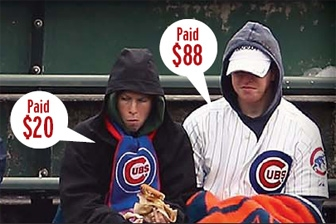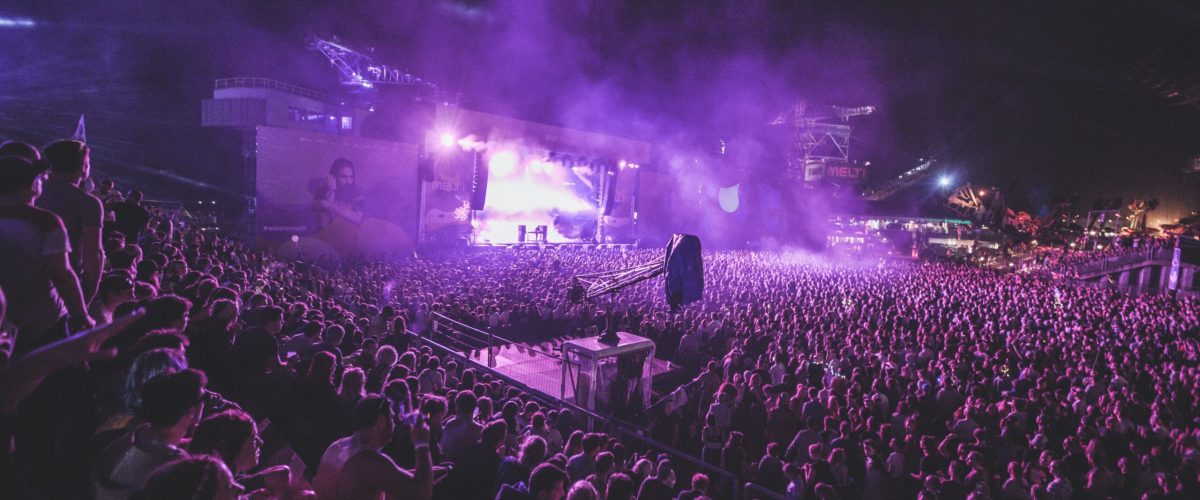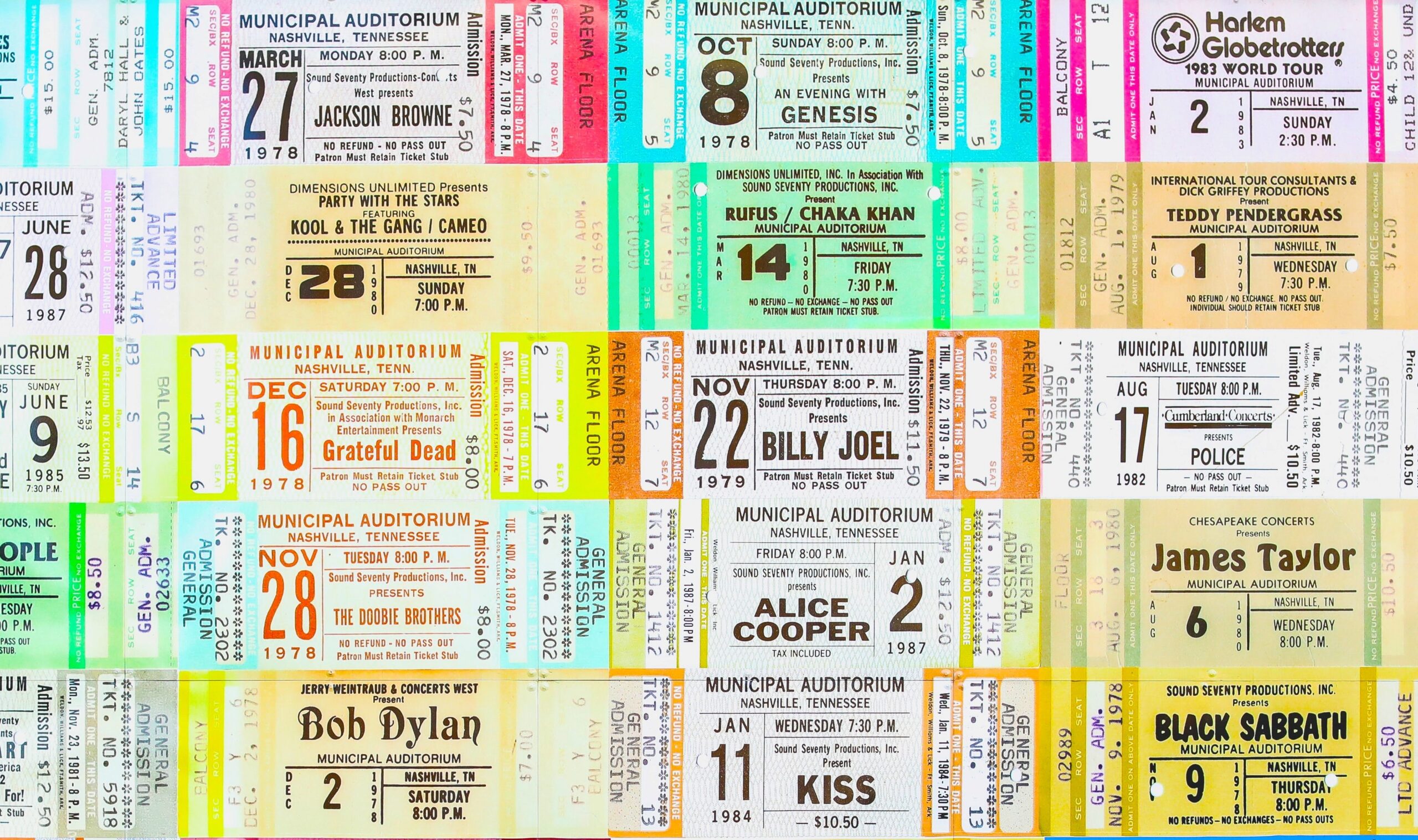Dynamic pricing being used for online ticket sales has become a major topic of conversation recently. Many consumers are furious and posting on social media about skyrocketing ticket prices for major events with top name entertainers.
This ability to adjust ticket prices on the fly based on demand is called “dynamic pricing.” Another term used is “market-based pricing.” What is means is that the more the demand, the higher the ticket pricing, often being adjusted in real time.
Such an approach to online ticket sales has nothing to do with the ticket-associated fees being charged in addition to the retail ticket price. That’s another aggravation to many fans.
Dynamic Ticket Pricing and Event Management
Dynamic pricing is a relatively new trend in event management, but venues and promoters have been practicing this pricing method for years. What has evolved is the use of machine learning tools to set prices dynamically instead of the vendor or promoter adjusting prices by hand.
Often the demand is not real fans, but bots buying tickets to be later sold on the secondary market. It doesn’t matter whether it’s bots or real fans when dynamic pricing is used for online ticket sales. More about this in a minute.
Dynamic ticket pricing is a way to maximize profit. While fans may not be happy with them, it’s considered a successful ticketing pricing strategy by major online ticketing agencies. Dynamic pricing has been around for decades.
One example is so called surge pricing by car-sharing companies such as Uber and Lyft. Depending on demand, e.g., rush hour or area where ride is needed, prices are higher. I had a recent experience in Nashville that illustrates this point.
Lower Broadway in Nashville is where many entertainment venues and events take place. I used Uber to get a ride to and from Broadway. If I wanted a ride to Broadway, it was approximately $14.00 from my hotel. If, instead, I used another destination a couple of blocks from Broadway, the price was $8.00. If I was willing to walk a couple of blocks, the difference in price was substantial.
Airlines and hotels are other examples of industries that use dynamic pricing. We’ve all seen the television ads showing people checking in to a hotel with different prices for the same room.

Dynamic pricing can raise or lower prices to maximize attendance at an event at the best overall profitability. Remember empty seats or rooms are not good at paying overhead expenses. Even some money for a room or seat that already exists is better than nothing contributing to the bottom line.
On top of that, more people in rooms and seats means you sell more food, beverages, merchandise, etc. than you would otherwise sell if no one was in those rooms or seats. When you reach full capacity, your revenue will be maximized even though your margins may be lower.
For the non-sports entertainment industry, Ticketmaster has had a fully mature dynamic pricing program in place since 2018. The AI engines that drive dynamic pricing are widely available today, whether on e-commerce or ticketing sites.
Ticketmaster is the leader in using dynamic pricing as part of online ticket sales strategy. In fact, Ticketmaster has been using dynamic pricing for a number of years. Artist could decide whether they wanted dynamic prices associated with their performances. Prior to the pandemic, most artists opted out, afraid of fan reaction.
Things changed because of the severe hit to the finances of artists, promoters, and their teams as live events all but stopped. The result is that now more artists have elected to participate in dynamic pricing online ticket sales for their events to make up for some of the income lost during the worst of the pandemic.
That’s one of the reasons todays ticket-buying fans are noticing the changes in ticket prices that are set dynamically. The entertainment industry is turning to this pricing strategy to help the music industry recover.
Ticketmaster is vague about its use of dynamic pricing. They and others that use it to ticket entertainment events say the reasons are two-fold.
-
-
- To attain maximum capacity and profit for an event by using dynamic pricing to raise or lower prices to sell as many tickets as possible to an event. They stress that dynamic pricing engines lower prices as well as raise them depending on market demand. It balances supply and demand.
- To capture the profits being generated on the secondary market back to the artists and venue, i.e., primary market. This is mainly a feature of the U.S. secondary ticket market which is much less regulated than other developed countries.
-
Their rationale is this. Major secondary ticket market sellers use strategies, like bots to buy up many of the tickets to upcoming major concert and entertainment events. They then resell them at whatever the market will bear.
For example, a $200 ticket on the primary market (sold by the venue) may fetch $1,000 on the secondary market because of supply and demand. Of course, that $200 dollar ticket may also be only worth on $100 as the event approaches because of supply and demand.
Sometimes promoters offload tickets to scalpers on the secondary market. Sometime acts would scalp their own tickets to increase their profits. Theoretically, there is less incentive for this as well as the promoter and acts get the upside profit with dynamic pricing rather than the secondary market.
Ticketmaster’s rationale is why give all that profit to the secondary market. Why not retain it for the venues, artists, etc. who actually create and put on the performances? They advocate that dynamic pricing for events makes the secondary market unprofitable and captures that market-based income for the primary market.
The contradiction here is that dynamic pricing uses the secondary market to help determine the demand value of tickets. The company collects data from website users and secondary market site to determine demand levels for concerts and artists. With that data, Ticketmaster’s systems adjust ticket prices automatically.
It should also be noted that dynamic ticket pricing is not used for all ticket types for a concert or other type of entertainment event. It’s usually premium seating that leave space for dynamism in online ticket sales.
 Downside of Dynamic Ticket Pricing for Online Ticket Sales
Downside of Dynamic Ticket Pricing for Online Ticket Sales
When setting out to implement dynamic ticket pricing it’s important to understand the consumer’s viewpoint and readiness for dynamic pricing. Following Ticketmaster’s lead on dynamic pricing can be a huge risk for many venues.
Remember Ticketmaster is a monopoly. It’s part of Live Nation. It controls both the ticketing and performances for hundreds of venues and artists. It’s a take it or leave it situation with Ticketmaster. There is no alternative.
If you want to see Bruce Springsteen or Taylor Swift at a major venue, you will need to pay whatever Ticketmaster stipulates or buy the ticket on the secondary market. Ticketmaster doesn’t rely on positive consumer sentiment for what it does. Its focus is keeping artists and venues happy, not consumers.
If you are a club or theater, consumers may have other options to see similar entertainment. Adopting dynamic ticketing poses many more challenges. They include:
-
-
- Customer Hostility: Implementing dynamic pricing can upset consumer and generate bad reviews and customer complaints.
- Customer Service Problems: Imagine spending a lot of customer service calls explaining why they paid more for a seat than the person sitting next to them.
- Reduced Customer Loyalty: A loss of loyalty will result in reduced sales from repeat customers.
- Competition Targeting: Competitors can use your dynamic pricing to target your customers with static lower pricing.
-
The best strategy to minimize challenges with implementing dynamic ticket pricing for online ticket sales is transparency. It’s critical to inform your customers about the changes you are making.
Letting your customers know about how you are using dynamic pricing and establishing strict pricing guidelines is essential. If you let your prices fluctuate gradually, your customers are less likely to be confused or annoyed by them. That’s not to say there won’t be issues, but transparency and moderation will help mitigate them.
Don’t be a hog when it comes to dynamic ticket pricing. As an independent venue or promoter, you don’t have the luxury of Ticketmaster’s dominance. You need to maintain customer loyalty while also increasing the return on your shows.
There are other options for you besides “dynamic pricing” for online ticket sales. It may be far smarter to walk before you run. That’s where “variable pricing” comes in. Variable pricing is much more transparent than dynamic pricing and is easily understood by consumers.
Segmented pricing is another approach, but you need to be careful with this kind of approach to pricing or discrimination laws may come into play. Variable pricing and segmented pricing strategies will be discussed in future posts on pricing strategies.
Related Posts:





